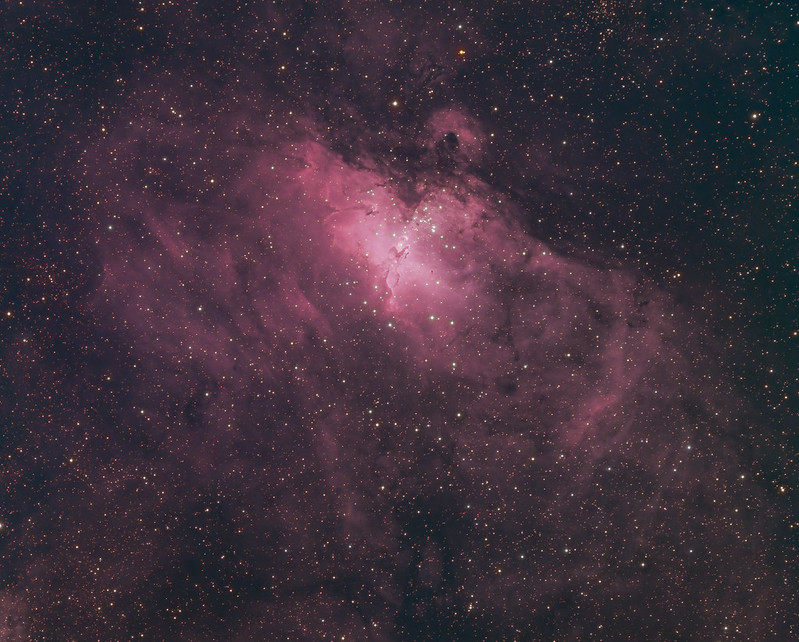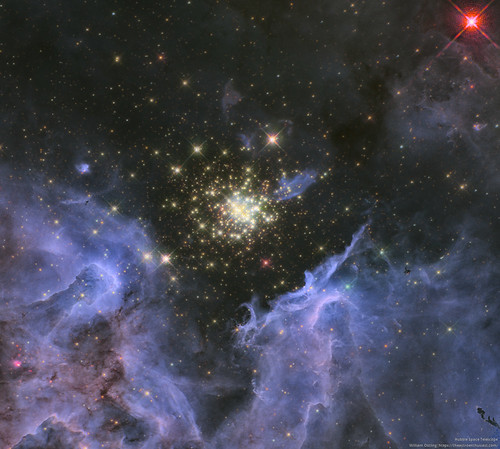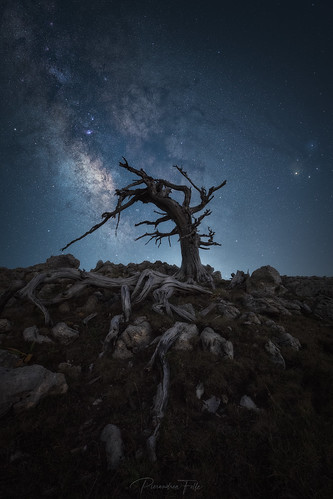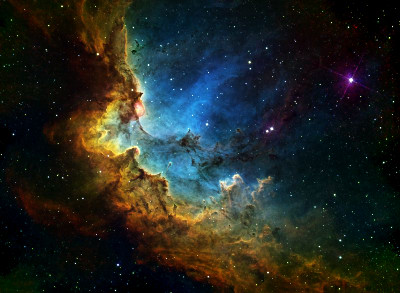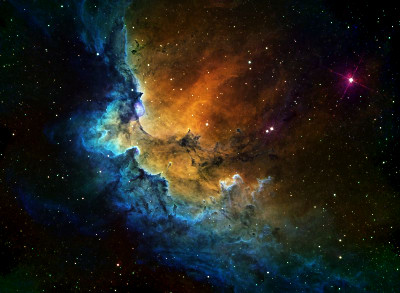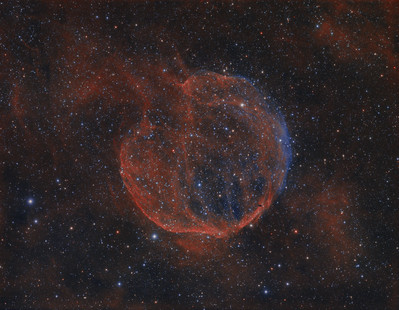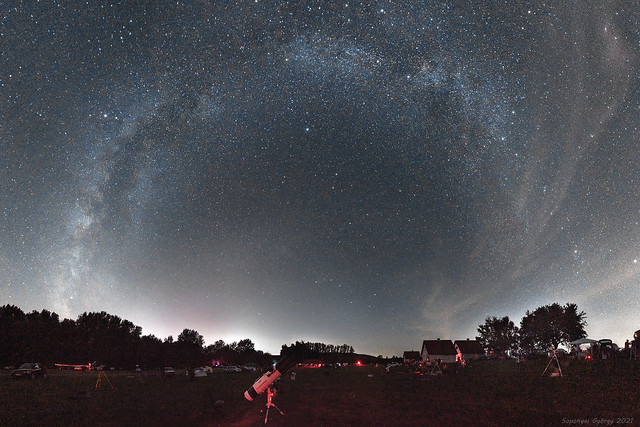New version of my detection of light echoes from SN1987a:
Deep View of the Tarantula Region with Light Echoes from SN1987a - Narrowband Bicolour
Link to full resolution image
Link to animation of the propagating light echoes
This image shows what I believe is the first amateur detection of light echoes from SN1987a - 33 years after the event. The light echoes are produced when the initial flash from SN1987a is subsequently reflected off interstellar dust as light travels outward from the event. Direct light from the supernova was observed on Earth in 1987, and we then see light reflected from dust in the interstellar space arriving later because it has travelled further to reach us.
The detection of light echoes was created by subtracting two Luminance images taken almost 8 years apart, on 24th Oct 2012 and 21st Sep 2020 respectively, in order to create a
difference image which was then superimposed on a regular colour image of the area. The expanding light echoes appear as roughly circular concentric arcs, centered on SN1987a's location.
The image is a mosaic of two deep fields centered near the bright Tarantula Nebula (NGC 2070) in the Large Magellanic Cloud (LMC). The field is filled with numerous bright colourful nebulae and star clusters (an annotated version is available here). At the LMCs distance of approximately 160,000 light years, the field of view seen here spans a massive 2850 x 1950 light years! At this large scale the nebulosity seem to feature many bubble shaped voids of different sizes. These are formed by the radiation pressure from young star forming regions and shockwaves from ancient supernovae. The small but comparatively recent supernova remnant of SN1987a is also visible here, as a tiny pink dot in the upper part of the image - if you know where to look.
The Tarantula Nebula
The Tarantula Nebula, named for its appearance that somewhat resembles a giant spider in the sky, is the largest known emission nebula in the Local Group of galaxies. The nebula is about 1000 light years wide and would appear bright enough to cast shadows if it was as close to us as the Orion Nebula. It is, however, located 160,000 light years away in the Large Magellanic Cloud, the largest of the dwarf galaxies that accompany our Milky Way.
In the very centre of the nebula lies R136, a super star cluster which is a very large region of star formation thought to be the precursor of a globular cluster. It is a very young cluster at only 1-2 million years and consists of giant and supergiant stars of which the majority are spectral type O3. The cluster also contains several Wolf-Rayet stars.
Speculation long surrounded the nature of the central component of the cluster, named separately as R136a, and it was once thought to be a single hypergiant star of an incredible 1500 solar masses. R136a's true nature was recently resolved by holographic speckle interferometry and found to be a dense star cluster containing very massive and luminous stars. Three extremely luminous stars (R136a1, R136a2 and R136a3) dominate this cluster and are separated by only 0.10 and 0.48 arc seconds. R136a1 is the most massive star found to date with 265 solar masses, as well as being the most luminous at 10 million times the brightness of the Sun.
The entire R136 super cluster produces most of the energy that makes the Tarantula Nebula visible. The estimated mass of the cluster is 450,000 solar masses, suggesting it will probably become a globular cluster in the future.
A super star cluster, named Westerlund 1, also exists in the Milky Way but is heavily obscured by galactic dust.
Light Echo Acquisition details:
October 2012
Exposure: LRGB: 83:67:27:27m, total 3hrs 24mins @ -30C
Telescope: Homebuilt 10" f/5 Serrurier Truss Newtonian
September-November 2020
Exposure: L 65m, total 1hr 5mins @ -25C
Telescope: Homebuilt 12.5" f/4 Serrurier Truss Newtonian
Nebula Acquisition details:
Date: Jan-Feb 2021
Exposure: Ha OIII: 335:335 mins, total 14 hours 30 mins @ -25C
Telescope: Homebuilt 12.5" f/4 Serrurier Truss Newtonian
Camera: QSI 683wsg with Lodestar guider
Filters: Astrodon 3nm Ha/OIII and LRGB E-Series Gen 2
Taken from my observatory in Auckland, New Zealand
http://www.rolfolsenastrophotography.com
Copyright: Rolf Wahl Olsen

